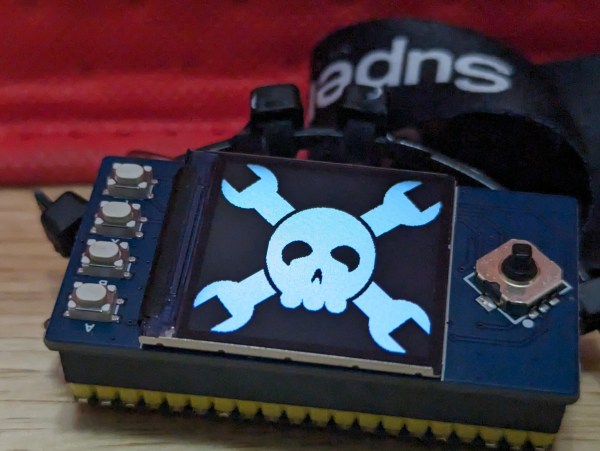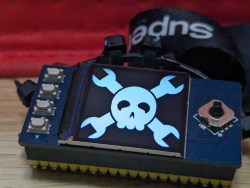“Sorry, my mic was muted…” With the rise of video calls, we’ve all found ourselves rushing to mute or unmute our mics in the midst of a call. This open-source Mute Button, sent in by [blackdevice], aims to take out the uncertainty and make toggling your mic easy.
It’s centered around a small PIC32MM microcontroller that handles the USB communications, controls the three built-in RGB LEDs, and reads the inputs from the encoder mounted to the center of this small device. The button knob combo is small enough to easily move around your desk, yet large enough to toggle without fuss when it’s your turn to talk.
To utilize all the functions of the button, you’ll need to install the Python-based driver on your machine. Doing so will let you not only toggle your microphone and volume, but it will also allow the button to light up to get your attention should you be trying to talk with the mic muted.
Although small, it’s also quite rugged, knowing it will spend its life being treated much like a game of Whac-A-Mole—slapped whenever needed. The case is designed to be 3D printed by any FDM printer, with the top knob section printed in translucent material to make the notification light clearly visible.
All of the design files, firmware, and parts list are available over on [blackdevices]’s GitHub page, and they are open-source, allowing you to tweak the design to fit your unique needs. Thank you for sending in this well-documented project, [blackdevices]; we look forward to seeing future work. If you like this type of thing, be sure to check out some of our other cool featured desk gadgets.
Continue reading “Silent No More: Open-Source Fix For Mic Mishaps”
















